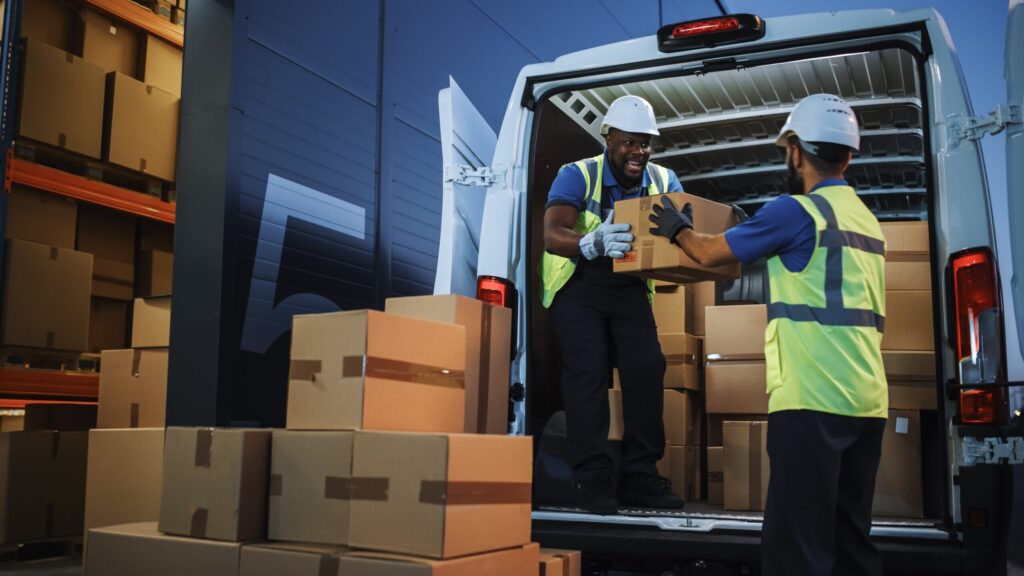Disclaimer: The views expressed are personal and based on professional experience. This article contains illustrative insights only and does not reference confidential or proprietary information.
Introduction
Inbound freight is one of the most under-optimized segments of retail logistics. While tremendous focus is placed on outbound fulfillment and last-mile delivery, many retailers struggle with inconsistent inbound performance — resulting in excessive dwell times, poor trailer utilization, and slow replenishment. Yet as customer expectations rise, data-driven inbound strategies offer one of the clearest opportunities to improve cost, speed, and inventory health.
The Hidden Costs of Inefficient Inbound Networks
When inbound networks lack visibility and optimization, costs escalate:
– Underutilized trailers create excess transportation spend
– Inconsistent appointment scheduling drives labor inefficiencies
– Extended dwell times delay replenishment and reduce on-shelf availability
– Poor alignment between transportation and warehouse readiness creates downstream bottlenecks
In today’s competitive retail environment, these inefficiencies cannot be ignored.
Public Case Examples
Target has publicly emphasized the importance of upstream supply chain visibility. As part of its supply chain transformation, Target focused on improving inbound transportation flows to ensure that replenishment aligned with DC labor capacity and shelf availability needs. Investments in predictive modeling and scheduling flexibility helped Target reduce variability in inbound performance.
Similarly, Home Depot has invested over $1 billion in its upstream supply chain to reduce variability in inbound logistics. By building a more synchronized network between suppliers, carriers, and distribution centers, Home Depot improved on-time performance, reduced detention, and accelerated replenishment cycles.
How Data and Analytics Are Changing Inbound Planning
Retailers are now applying advanced analytics to tackle long-standing inbound challenges:
– Predictive Dwell Time Modeling: Machine learning models forecast dwell based on carrier, lane, and facility patterns.
– Fill Rate Optimization: Historical and forecasted demand inform optimal trailer utilization strategies.
– Dynamic Appointment Scheduling: Appointment windows are flexed based on real-time DC readiness and labor availability.
– Cross-Functional Alignment: Data bridges the gap between transportation, inventory planning, and DC operations.
These innovations are shifting inbound management from reactive to proactive.
Results and Industry Impact
Retailers applying data-driven inbound strategies are reporting measurable improvements. Target reported that its upstream supply chain visibility investments helped reduce inbound variability and improved on-shelf availability by approximately 4 percent during critical seasons, as referenced in Target’s supply chain transformation briefings. Home Depot, after its significant upstream supply chain investments, saw a 30 to 35 percent reduction in inbound dwell times across its network, as well as gains in on-time appointments, according to company logistics leadership interviews. Industry benchmarks show that improving trailer fill rates by just 5 to 10 percent can yield meaningful annual transportation savings for large national retail networks, based on case studies from Gartner and McKinsey research. Predictive appointment scheduling and improved inbound planning have also been linked to 10 to 15 percent reductions in warehouse overtime labor costs during peak inbound periods, according to Retail Industry Leaders Association studies. Furthermore, enhanced upstream visibility strengthens vendor relationships, with a McKinsey survey of global retailers reporting that 62 percent of companies adopting predictive inbound tools observed better vendor scorecard performance and reduced stockouts.
– Treat inbound optimization as a strategic priority
– Build predictive dwell and fill models
– Optimize appointment scheduling using live DC signals
– Drive cross-functional collaboration between transportation, inventory, and DC teams
Inbound optimization is not a one-time project — it requires sustained focus, data maturity, and leadership alignment.
Conclusion
In the race to build faster, more efficient retail supply chains, inbound freight can no longer be an afterthought. Data-driven inbound strategies offer one of the most powerful levers to improve network performance, reduce cost, and elevate the customer experience. Retailers who invest in this space will gain a durable competitive edge.

